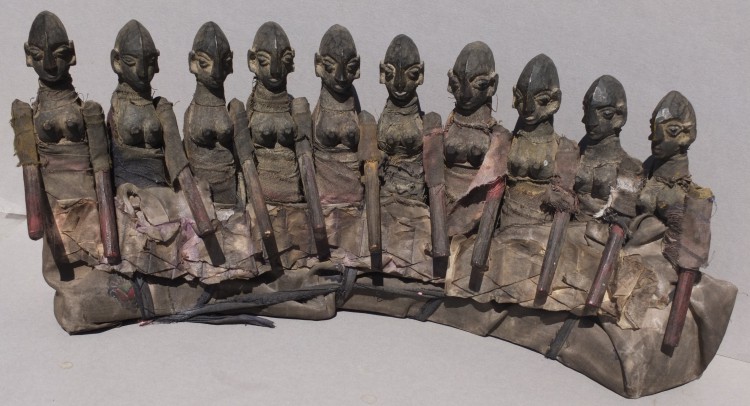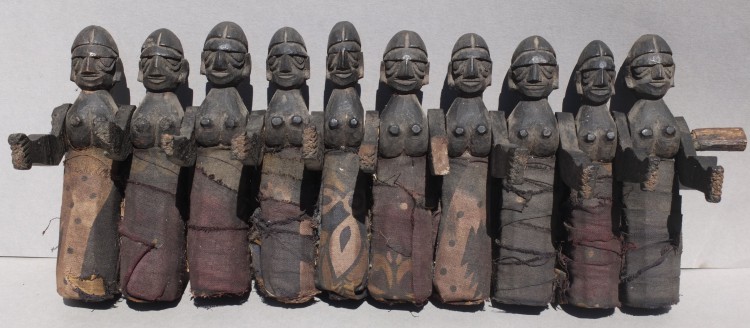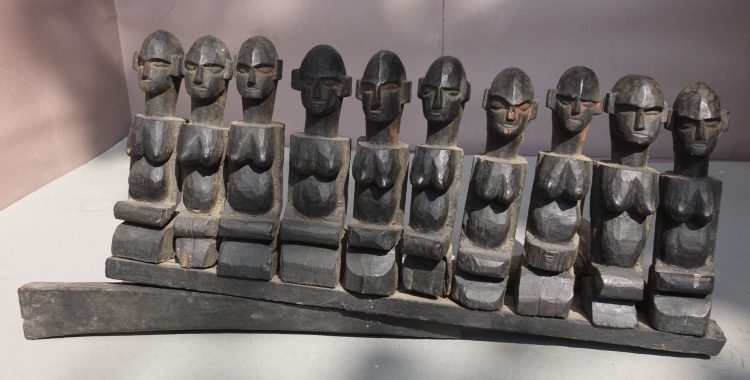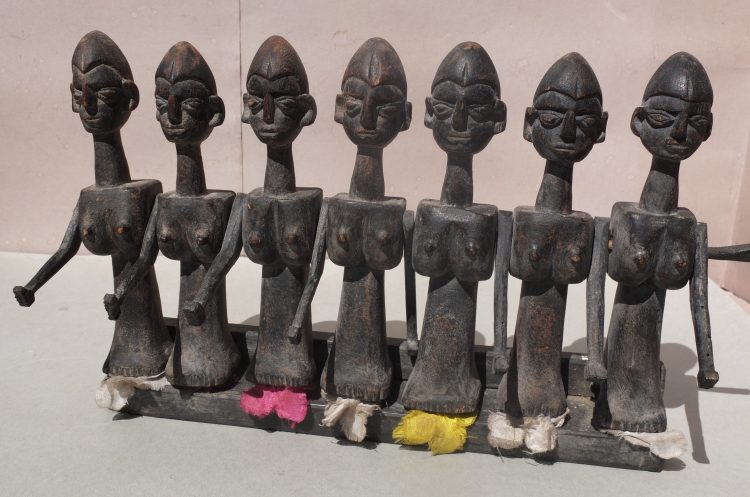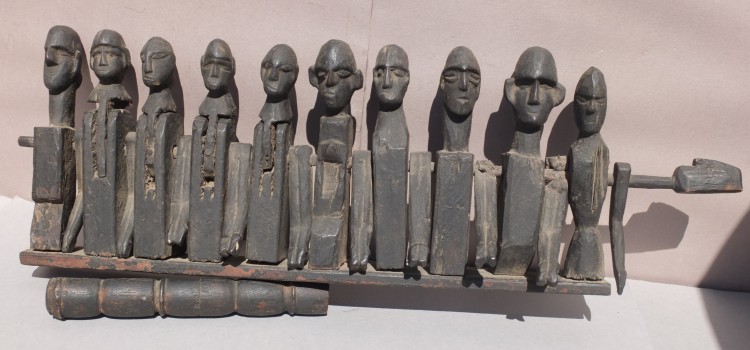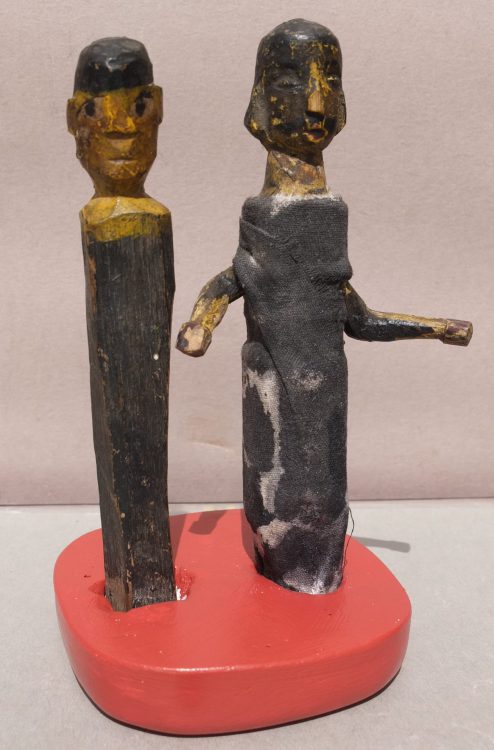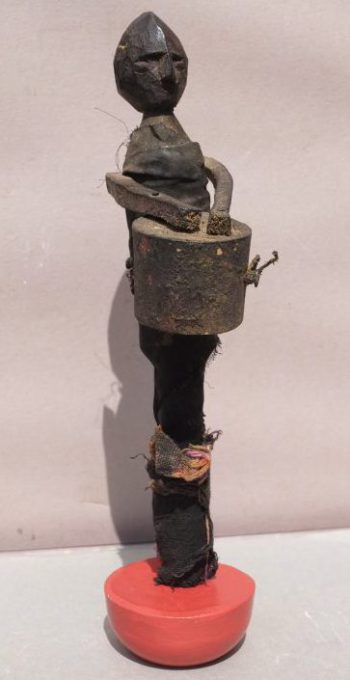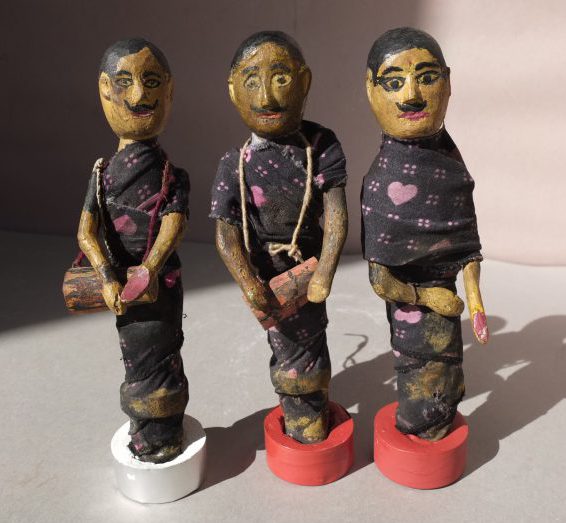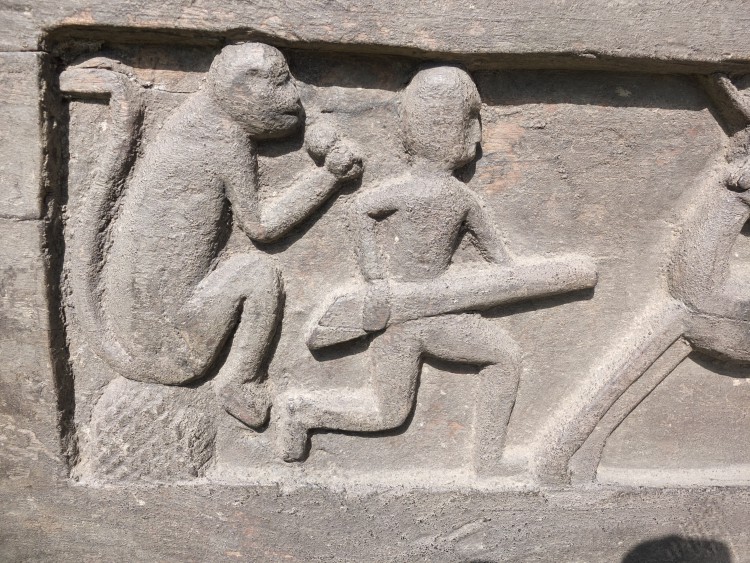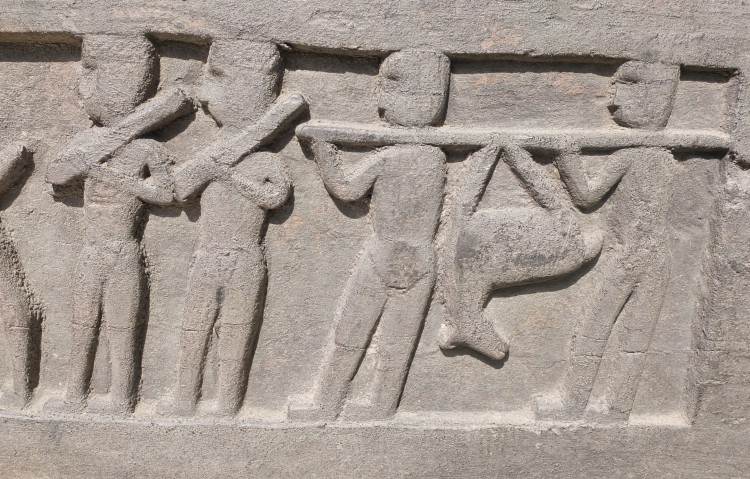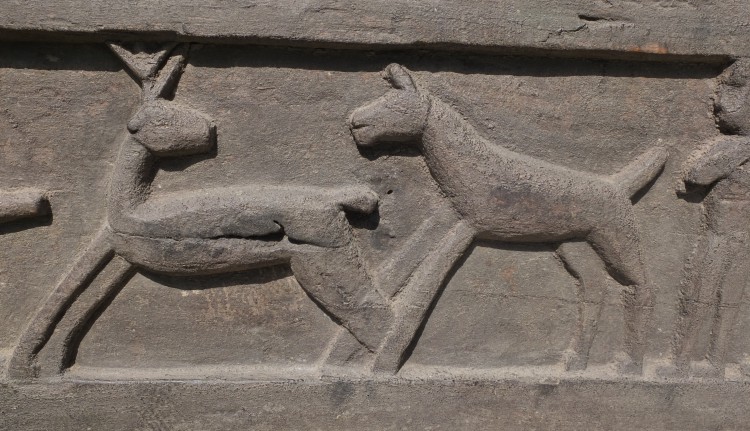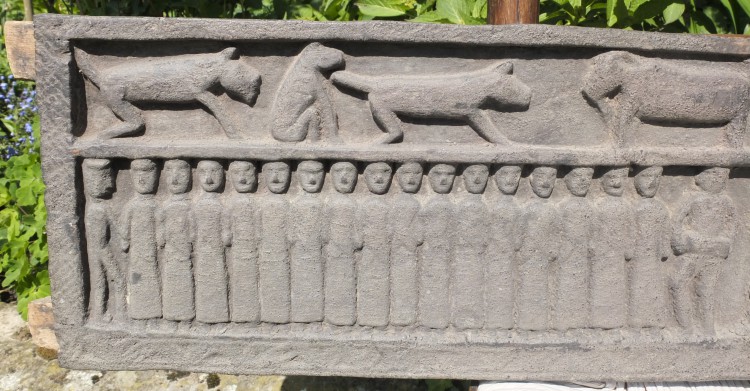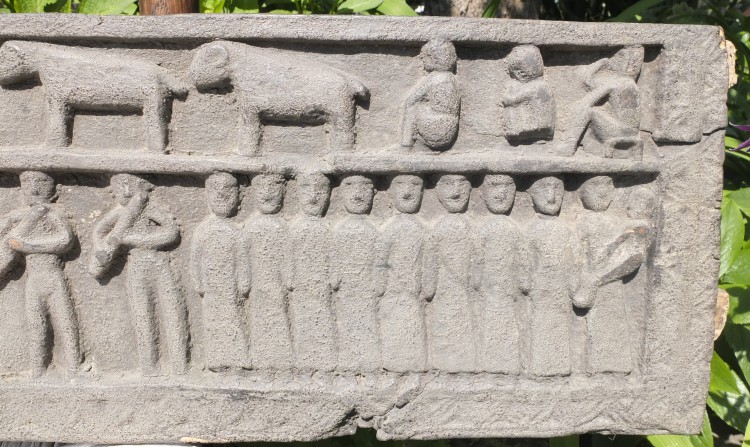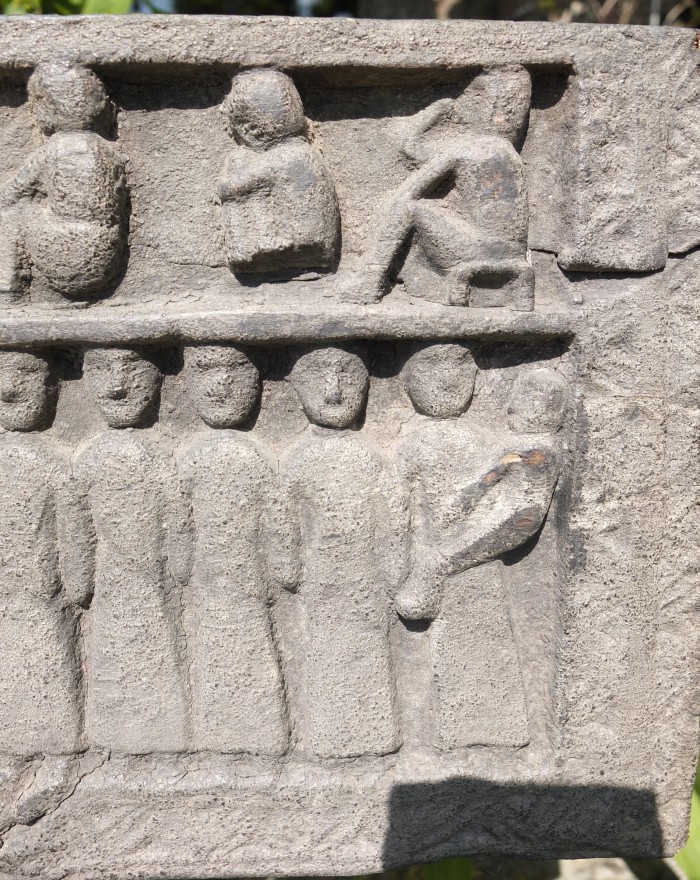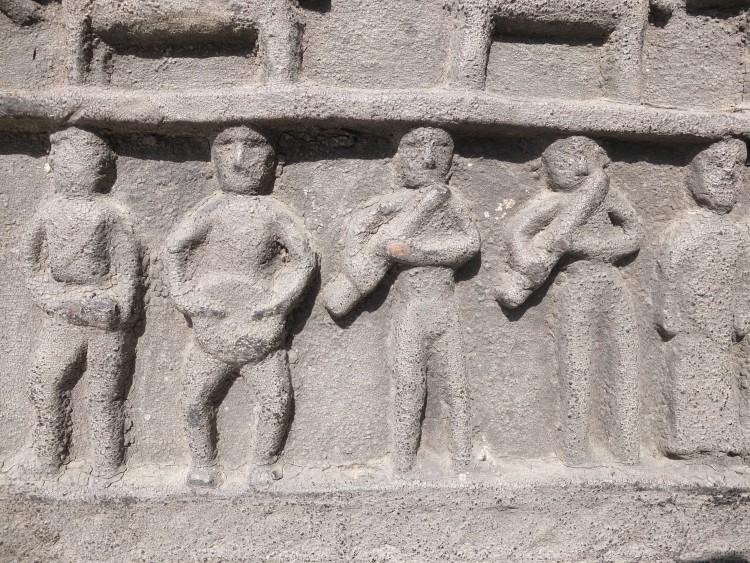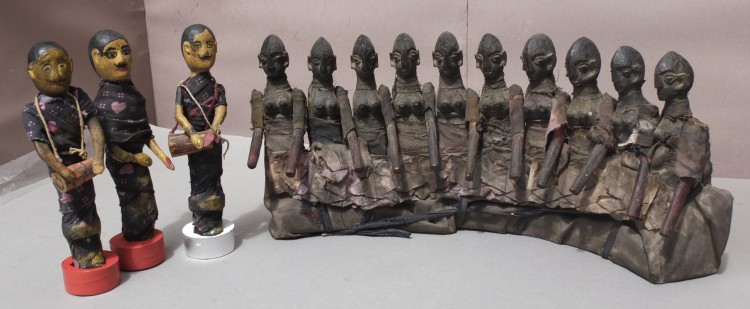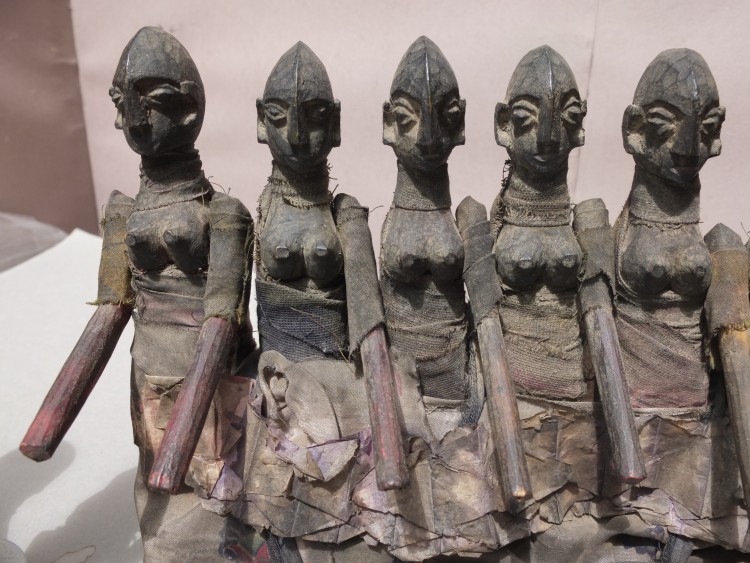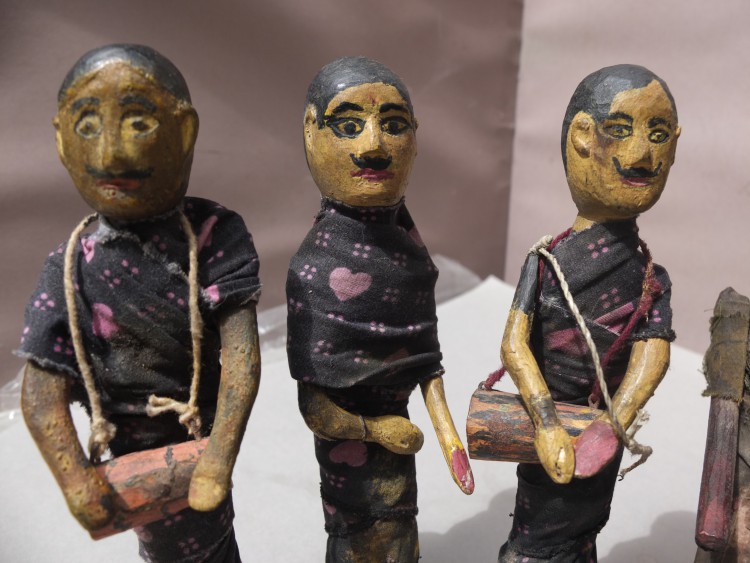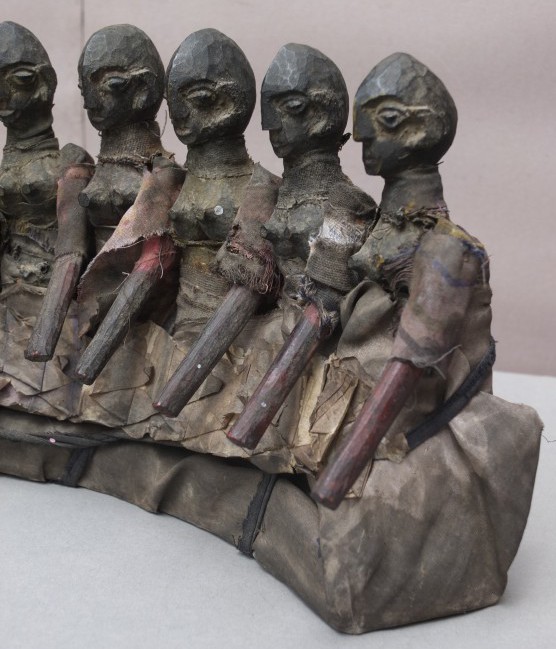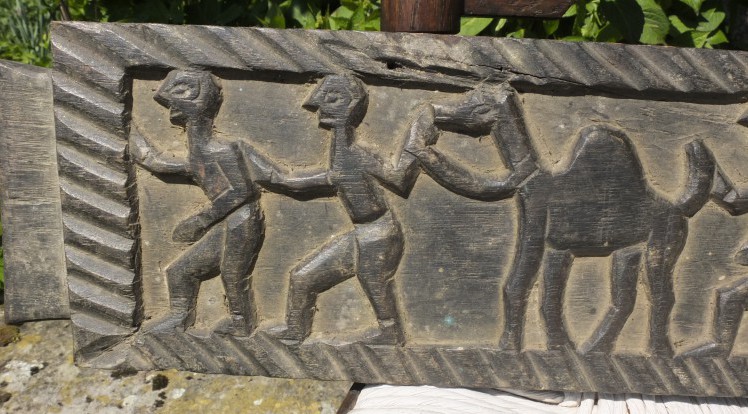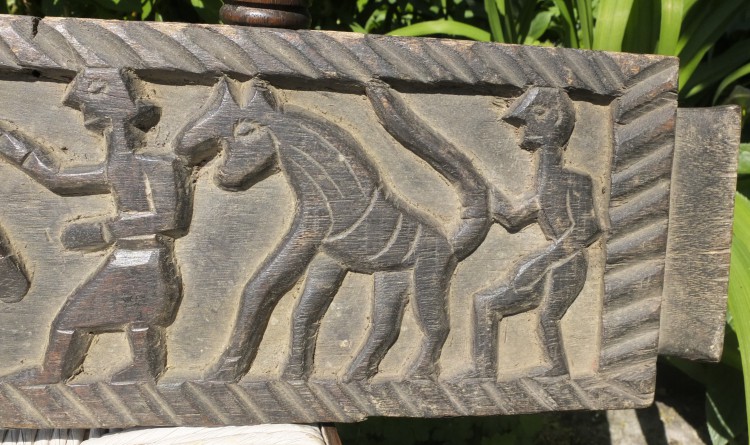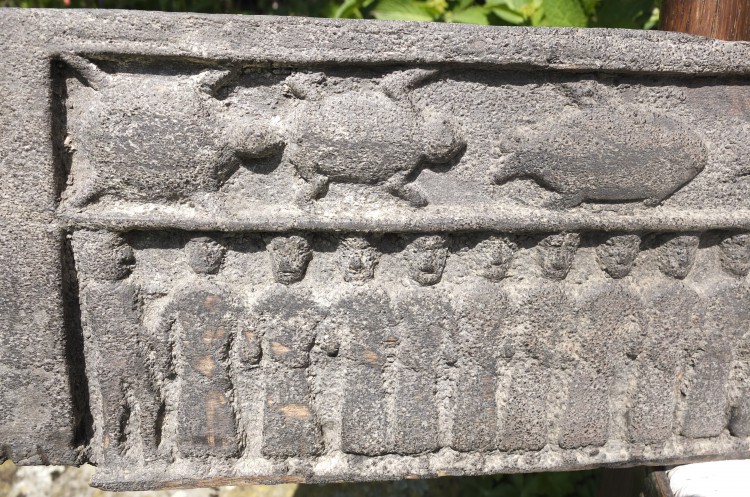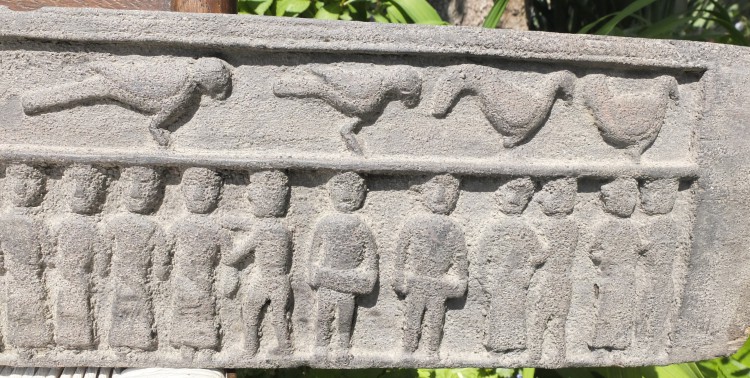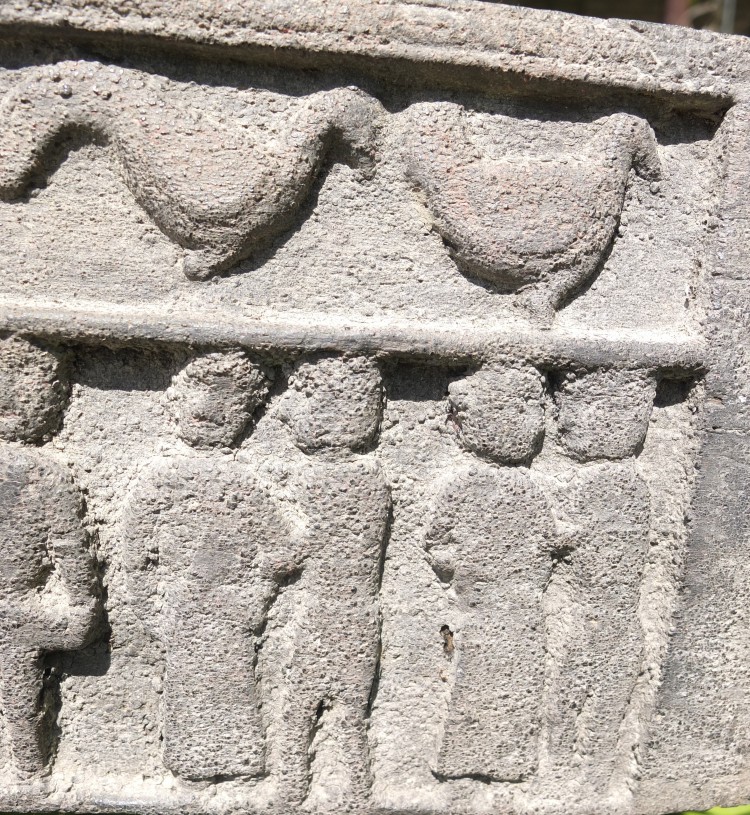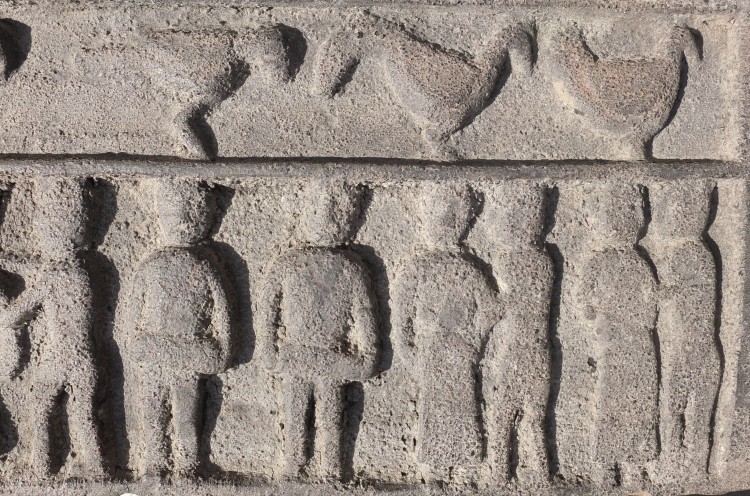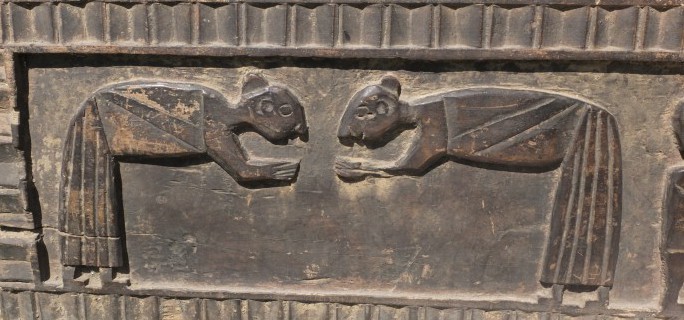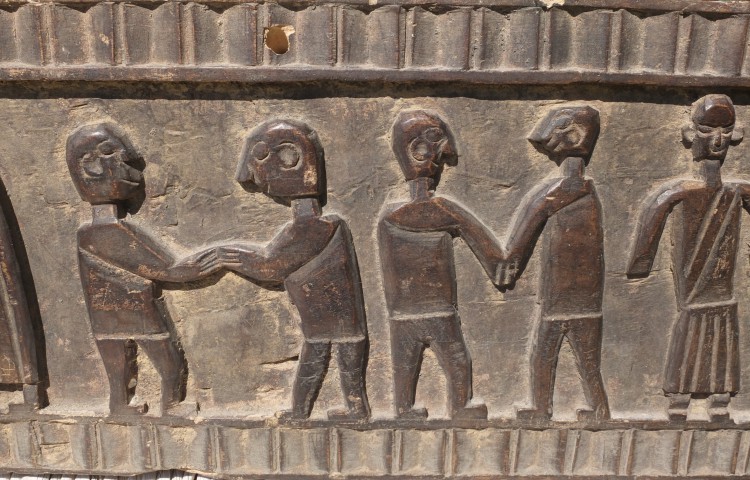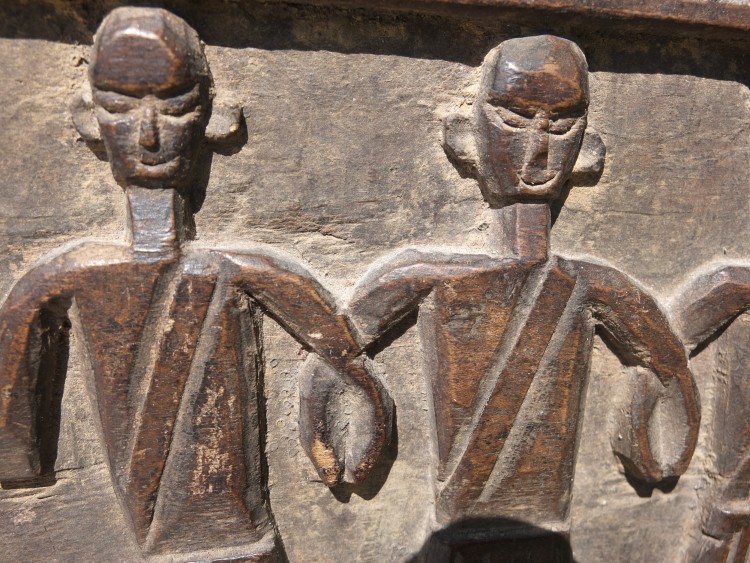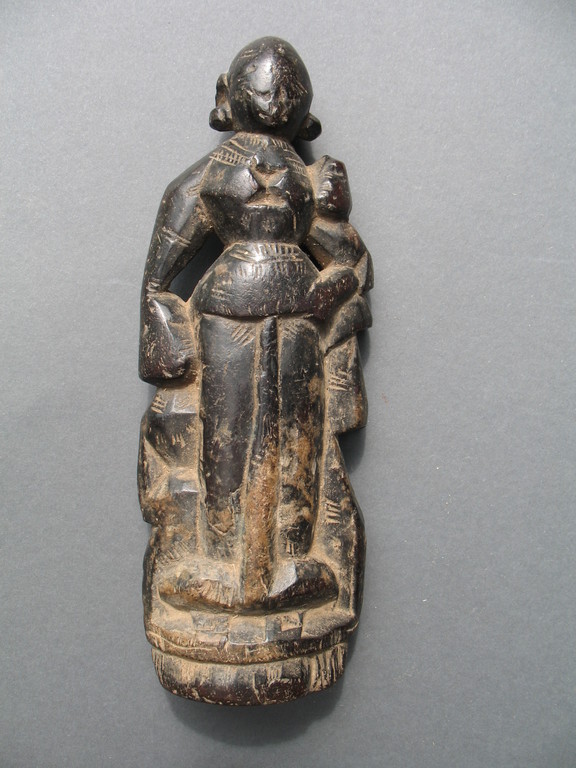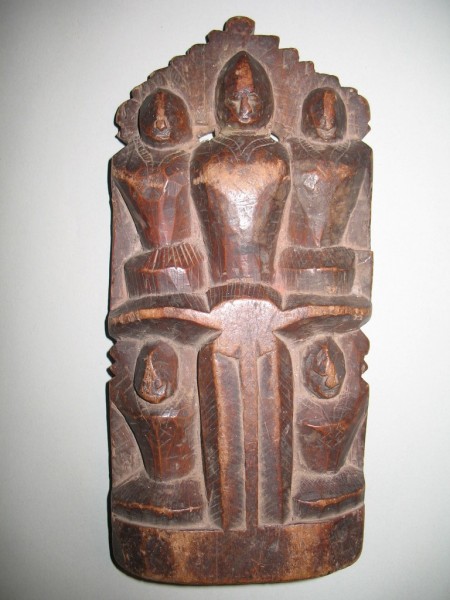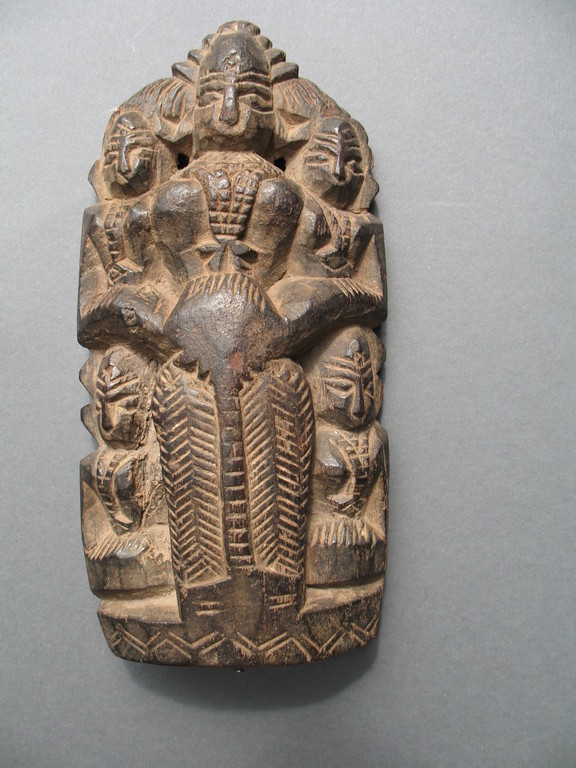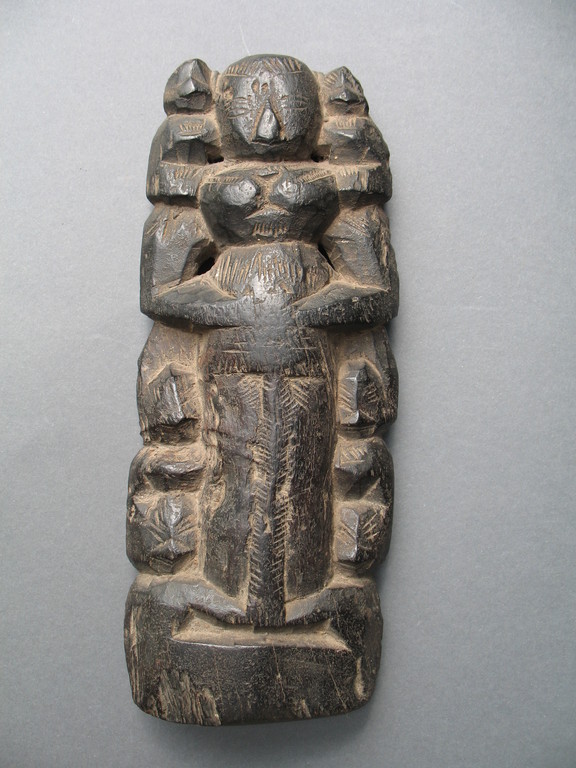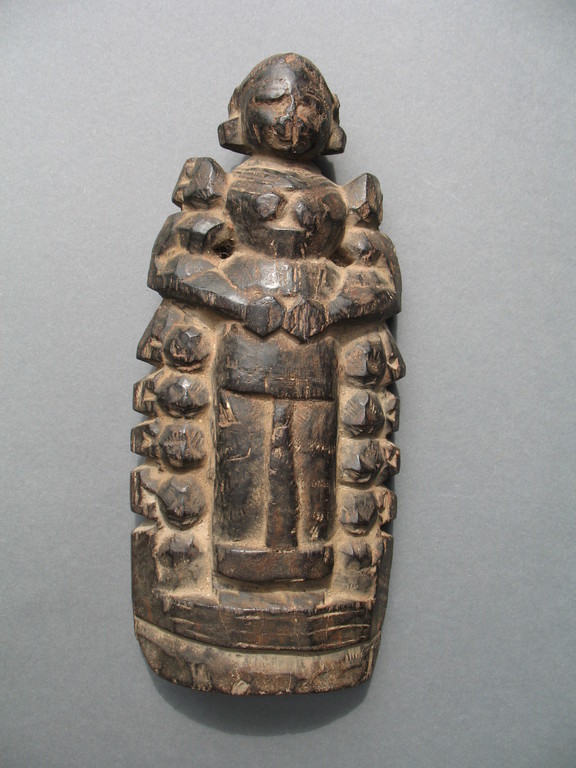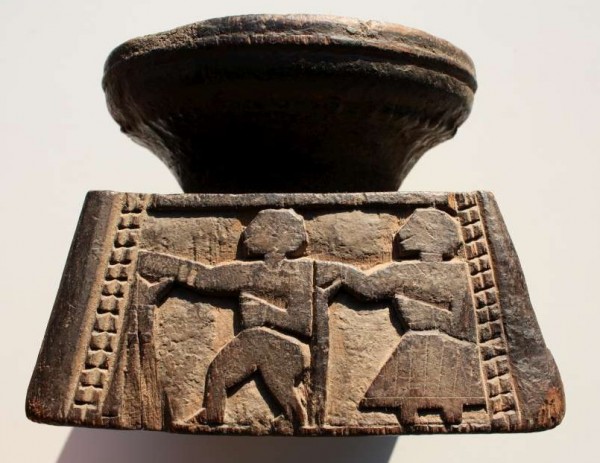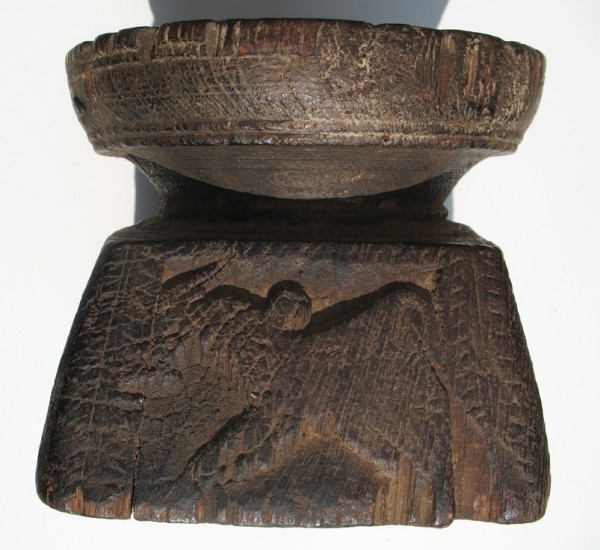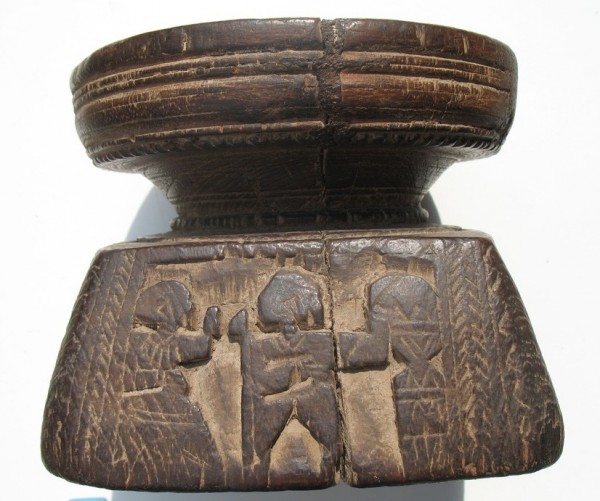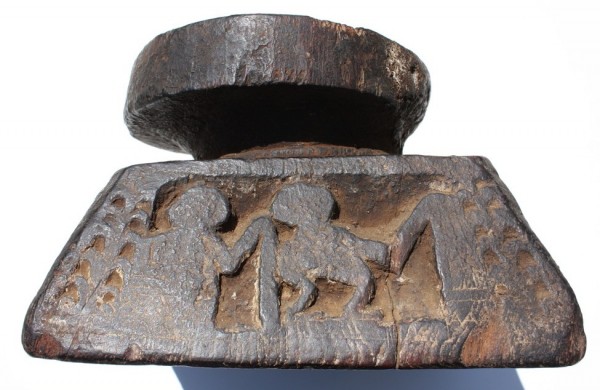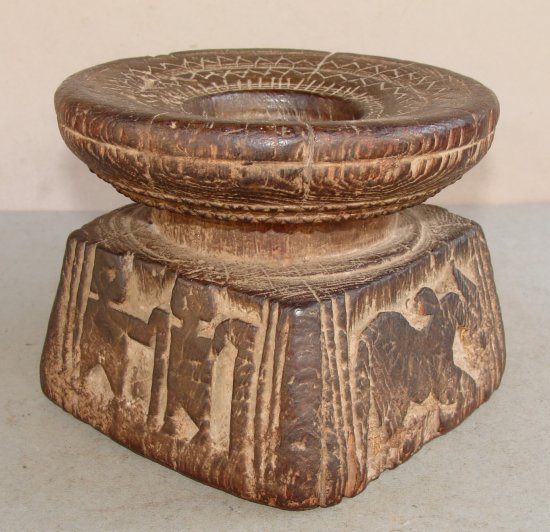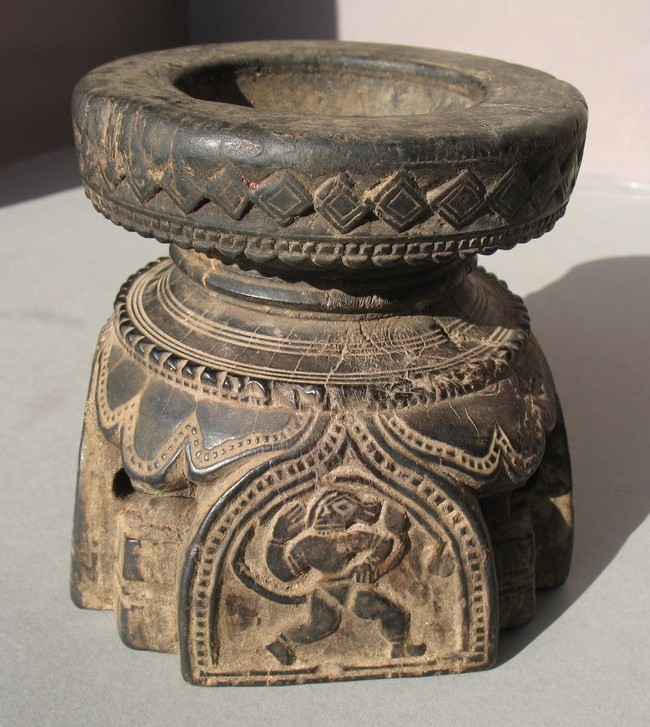Miscellanea
Terracotta Figurine 1
Apr 26
Height: 15,5 cm Weight: 205 grams
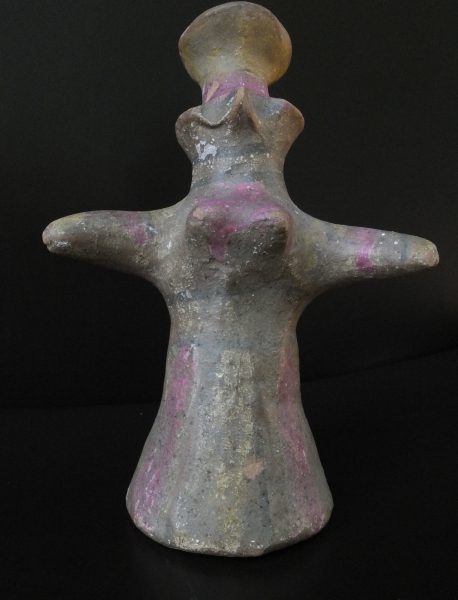
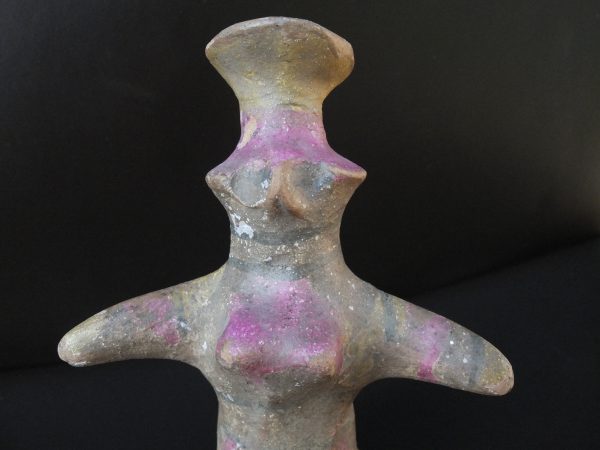
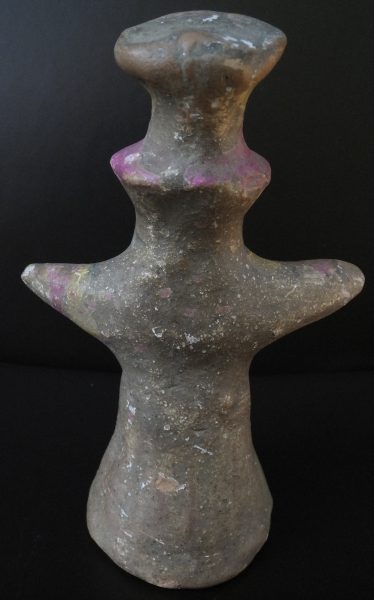
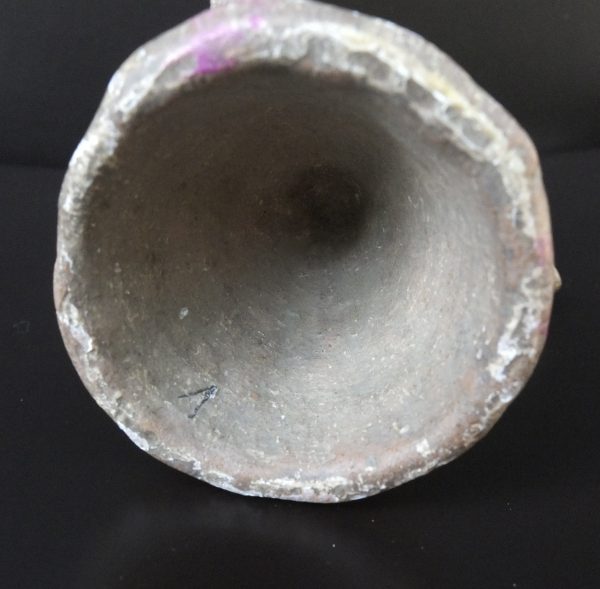
Terracotta Figurine 2
Apr 27
Height: 16,5 cm Weight: 225 gram
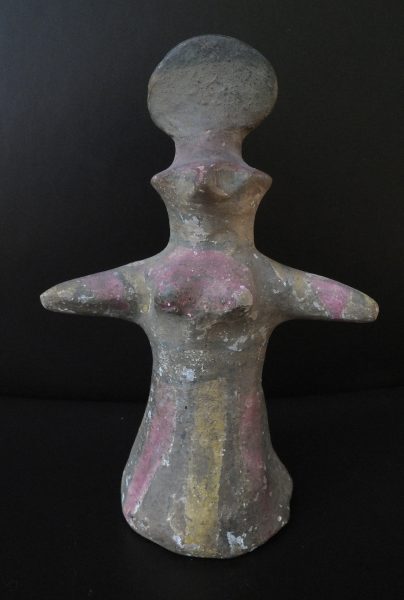
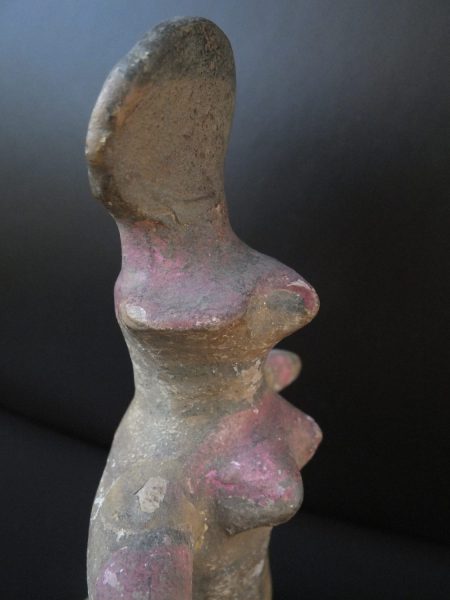
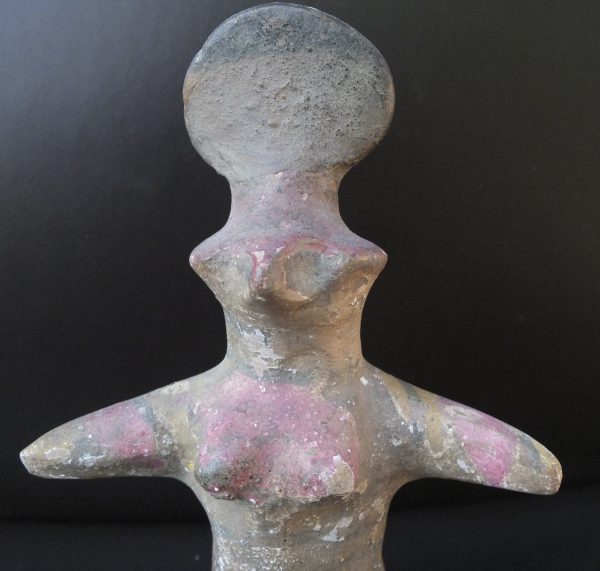

Terracotta Figurines 3
Apr 27
Height: 15,5 cm Weight: 210, 235 grams
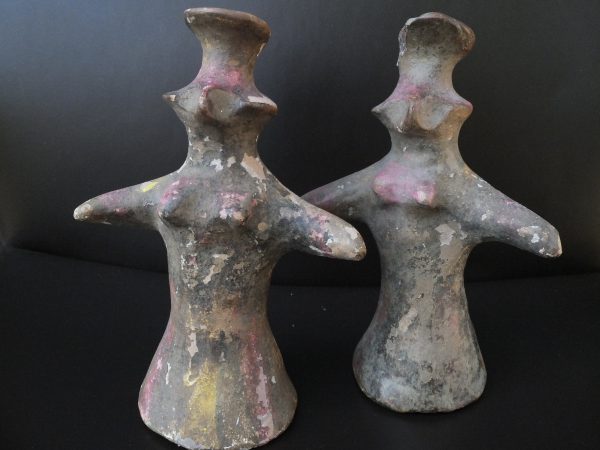
Terracotta Figurines 4
Apr 27
Height: 28,5 and 12,5 cm Weight: 655 and 136 grams
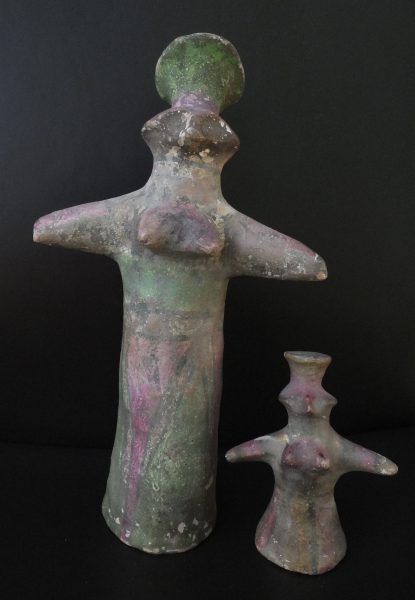
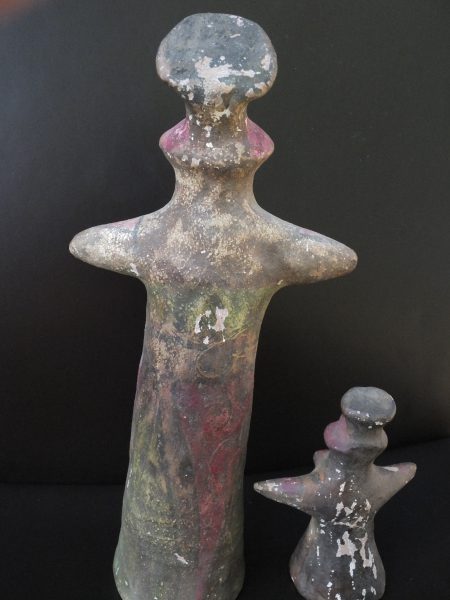
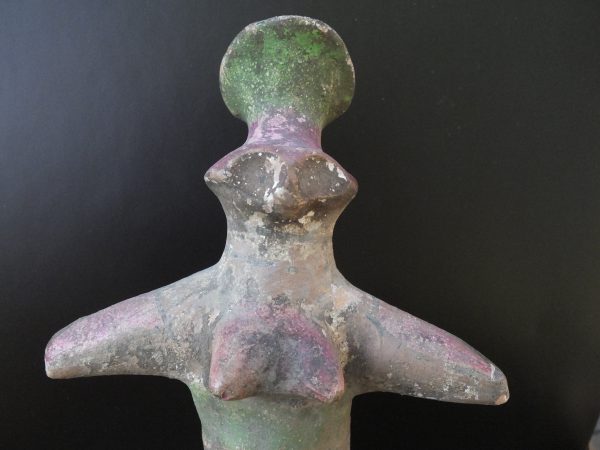

Terracotta Figurine 5
Apr 27
Height: 12,5 cm Weight: 95 grams
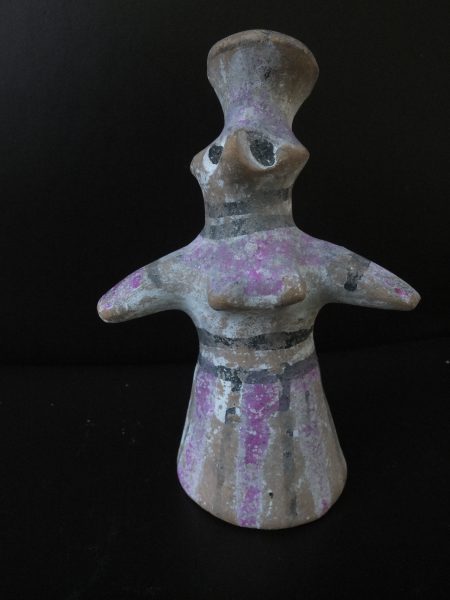

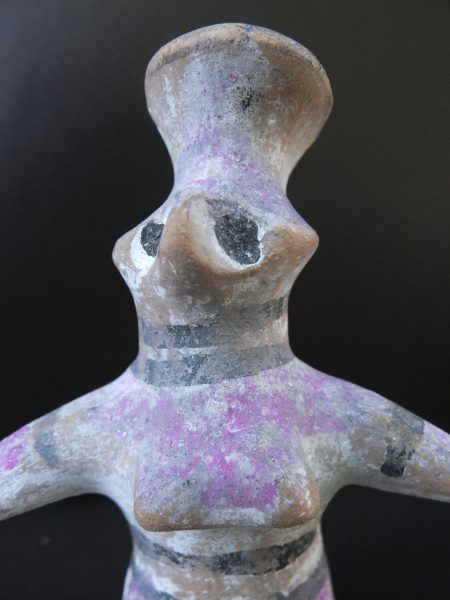
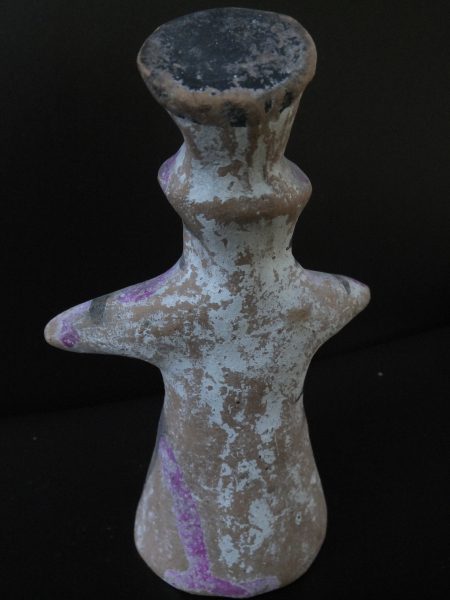
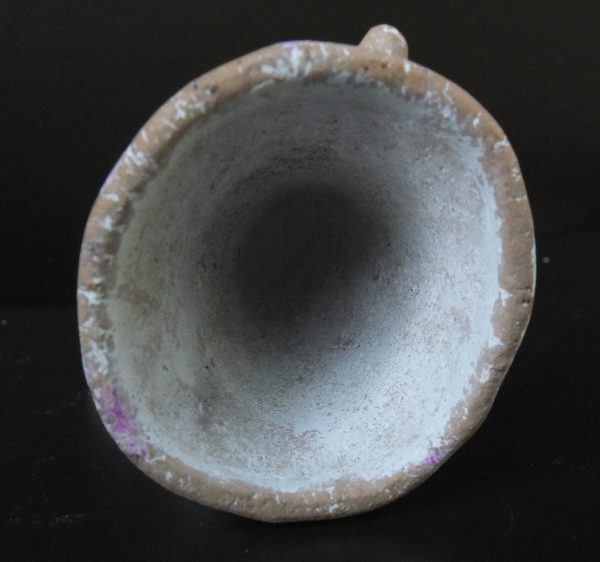
Terracotta Figurines 6
Apr 27
Height: ca. 12 cm Weight:ca 95 grams


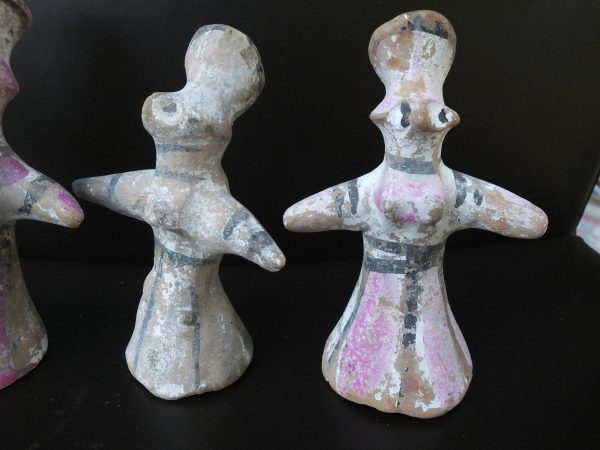
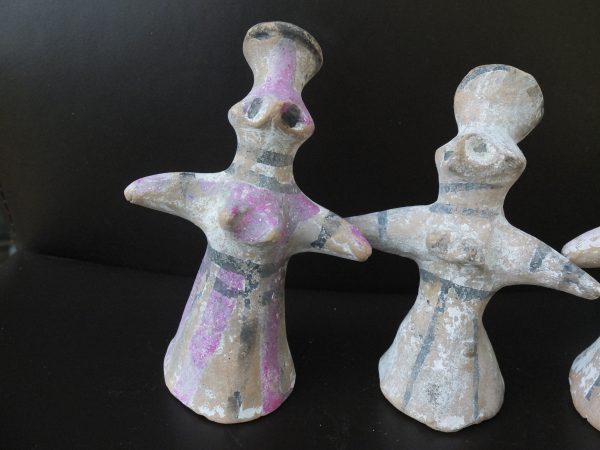
Group of 10 Dancers (1)
Jun 11
Group of 10 Dancers (2)
Jun 12
Group of Ten Dancers (3)
Sep 2
Group of Eight Dancers
May 20
Two Puppets
Jul 31
Drummer
Jul 29
Three Musicians
Aug 16
Panel 1, Side 1
May 14
Panel 1, Side 2
May 15
Panel 1, Side 2: Supplement
May 31
Panel 2
May 18
Panel 3
May 20
Panel 4
May 25
“In the last few years, small figures (from India) carved in wood cropped up now and again, usually representing worshipping women, but also female water bearers, mothers, or pregnant women. These pieces are made in the simple traditional manner so as to be affordable for the lower-income strata of the population. And it is precisely the implied simplicity that makes these figures attractive” (Fosshag, 2003, P. 132).
Schmejkal describes the small mother-child statues in the following way: “Carved mother-child-figures with one mother and one to four children were important sculptures in the Indish households. … The contemplation and the dealing with these statues should primarily promote the natural finding of the mother-child-relationship. Signs of usage indicate that they served as childrens’ toys. Similar to the doll in Western countries, children could (in this way) be brought up — in a playful and vivid way — to the mother-child-role. Especially in girls, a wish for children should emerge from this usage. … Nowadays, the collector is rarely granted the privilege to find wooden mother-child-statues in India because, in the worst case, they were used as fuel for heating” (Schmejkal, 2010, p. 188).
Fosshag (2003), on the other hand, argues that these statues did not serve as toys but were “used for devotional purposes within the home, placed there as votive offerings” (p. 139).
Literature
Fosshag, B. (2003). Unknown figurines from India: Votive offerings for the goddess Mauli/Mariai. Art Tribal 04, Winter 2003, pp. 132-147.
Schmejkal, H. (2010). Indien. Volks- und Stammeskunst. Selbstverlag (IBSN 978-3-00-032437-6).
Height: 20 cm Thickness: 3.5 cm Weight: 260 gram
Height: 22.5 cm Thickness: 3 cm Weight: 320 gram
Height: 21 cm Thickness: 2,5 cm Weight: 220 gram
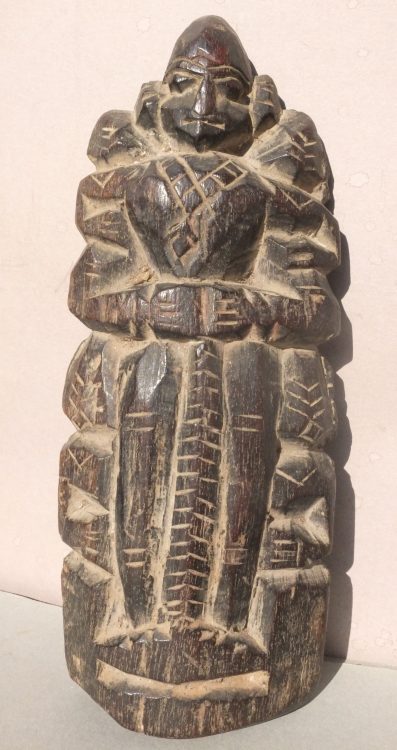
Mother With Four Children (3), View A
Height: 21 cm Thickness: 4.5 cm Weight: 430 gram
Height: 20 cm Thickness: 4 cm Weight: 485 gram
Mother With Six Children (2)
May 30
Height: 23.5 cm Thickness: 4 cm Weight: 585 gram
Mother With Ten Children
May 29
Many of the seeders from India have the following iconography (see Seeders 1-5 shown below): On two sides an ox is shown — the animal who is pulling the plough; on the third side Ganesh is shown who represents a good crop; and on the fourth side, a couple is depicted using a seeder — man and wife.
But there are numerous other designs too: some seeders have flower motifs or are plain with only a swastica, others show parrots and flowers or do not have any design, but sometimes a name is written on one side or a simple geometric design.
Seeder in Action
Jul 8
Sowing Tool (Seeder) 1
Dec 28
Height: 12,5 cm Diameter of the top: 15 cm Bottom measures: 16,5 x 16,5 cm Weight: 1430 gram
Sowing Tool (Seeder) 2
May 30
Height: 12 cm Diameter of the top: 14 cm Bottom measures: 13 cm x 15,5 cm Weight: 975 gram
Sowing Tool (Seeder) 3
May 30
Height: 12,5 cm Diameter of the top: 15 cm Bottom measures: 14 cm x 15,5 cm Weight: 1100 gram
Sowing Tool (Seeder) 4
Jun 3
Height: 12 cm Diameter of top: 14 cm Bottom measures: 17 x 19 cm Weight: 1590 gram
Sowing Tool (Seeder) 5
Jan 30
Height: 11.8 cm Diameter of top: 15 cm Weight: 1105 gram
Sowing Tool (Seeder) 6
Jan 22
Height: 12 cm Diameter of the top: 11.5 cm Bottom measures: 12.5 x 12.5 Weight: 1.14 kg
